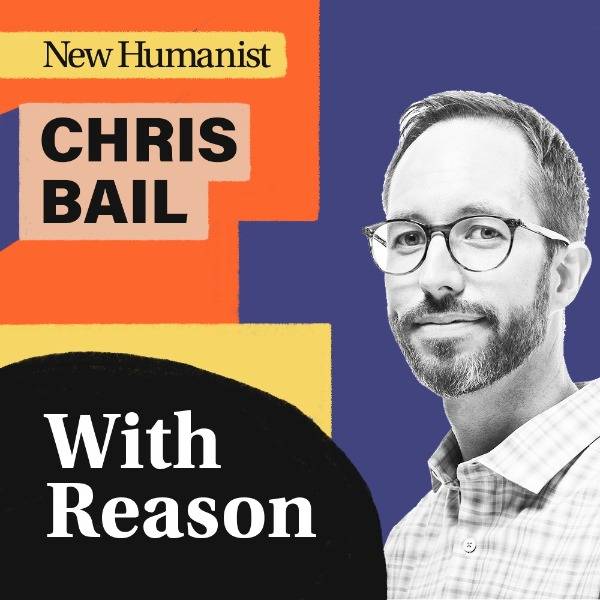Five years ago I had a horrific revelation, I suddenly realised just how dumb I was.
I caught myself greedily ogling the adverts for herbal remedies in Sunday supplements thinking, “Hmmm, I wonder if these powdered roots of magical plants will make my hair thicker?” and eyeing up mind empowering crystals in shop windows.
I realised that I was beginning to take things at face value, to be lured into a world of anti-ageing soaps that claim they’ll change the structure of your DNA and gawping in wonder at TV psychics who could sense the ghost of an old man in the room.
Where had it all gone wrong? As a child I was excited by science, but school science lessons did for that. Somehow an aged man making me burn a peanut under a test tube to reveal its potential energy didn’t have that “wow” factor I was seeking. Why didn’t he tell me things like “one per cent of interference on an untuned television set is the background radiation from the big bang?”
Then, when my mother entered the room and demanded to know what I was watching, I could have always replied in an offhand and superior way, “Oh, just the beginning of the universe”. But no one told me, so I, like countless others, turned my back on science and became a sucker for snake oil.
I even bought homeopathic remedies. How was I to know there was, literally, nothing in it? Homeopathy is the presumption that water has some form of autism that means it can remember any molecule that it might have had contact with. Ever.
My favourite homeopathy fact concerns the flu cure “Oscillococcinum”, a concoction that requires a lot of water and a bit of duck’s liver. In fact, to make it to the correct specifications, for each duck’s liver you must add more than a billion times the amount of water that exists on the earth. I won’t even start on iridology, the belief that the eye reflects specific parts of the body, and blemishes within it foretell the pox that shall strike your pancreas. Suffice to say, I never trust a science that was discovered by a man when he accidentally broke his owl’s leg (his name was Ignatz Von Peczyly, I haven’t got time to go into it now).
I was on this cusp of falling into the arena of the utterly gullible. It was time to take the shelves of popular science with a ruler and a felt tip marker. I started to wade through works on evolution and the big bang, but I found you don’t have to wade, the well-written popular science is as racy and exciting as any thriller, like The Da Vinci Code, only well written. And true.
Obviously I began with comic books with titles such as A Cartoon History of the Universe and Gregor Mendel for Nitwits with Concentration Problems.
Then the time came to move on to the great science populariser of the 20th century, a man whose passion to teach was mesmeric, Carl Sagan. Here was a man declaring that “we are all made of star stuff”, not in some I’ve-been-on the-Indian-hippy-trail-and-met-a Maharishi-who-sold-me-those-
beads-in-return-for-my-rucksack-and-wife fashion, but in terms of atoms and light years and very big bangs.
How could I resist the power of statements like “The universe is everything there ever was, there ever is, and there ever will be” or, a recipe hint that is never heard on Can’t Cook, Won’t Cook, “To make an apple pie from scratch, you must first invent the universe.”
So am I saved? Am I a born- again secular science fanatic? There are still problems. My brain has an annoying resistance to notions of matter, anti-matter, superstrings and wormholes, yet it continues to have almost perfect recall of the details of all four of the Karate Kid movies.
Of course if you do manage to retain any of the mind-blowing concepts there is always the problem of cosmological vertigo, an ailment that apparently affected Gauguin. As you start to get an inkling of the true magnitude of the universe – hint, it’s big – you become dizzy. Gauguin found a remedy in departing his native land in search of topless women to paint. Sadly, this cure is not available on the NHS.
For the time being, I will continue to read of men painting shellac over bees’ eyes to prove the importance of their dance rituals; of Charles Darwin looking at insects consuming plants as his son plays the bassoon; of orchids beguiling short-sighted beetles. Occasionally I still look up at the stars – until the dizzy spells begin. ■

